Gastrointestinal (GI) discomfort can occur as an unfortunate byproduct of physical exercise. While this phenomenon has been thoroughly outlined in endurance athletes, only one study to date has measured and reported increased markers of GI injury following resistance exercise that coincided with decreased nutrient absorption.
Grand View Market research estimates the global digestive health market will reach $58 billion by 2025. Currently, dietary supplements and food products (e.g., probiotics, prebiotics, green powders, fermented drinks) aimed at improving GI function are heavily marketed toward active individuals with anecdotal or limited peer-reviewed evidence indicating the occurrence of GI damage in resistance-trained individuals. We sought to replicate these earlier findings while providing additional data on GI symptoms and permeability in resistance-trained individuals.
In our study recently published in Medicine & Science in Sports & Exercise®, we examined the effect of acute resistance exercise on GI symptomology, damage and permeability in resistance-trained individuals.
To accomplish this, we utilized GI symptom questionnaires previously implemented with aerobic athletes and measured common blood markers of GI damage (intestinal fatty-acid binding protein) and GI permeability (lactulose/rhamnose ratio). Our trained participants (15 men and 15 women aged 23.9 [± 3.9] years with 6.3 [± 3.9] years of resistance training experience) completed a hypertrophy-style workout consisting of exercises that produce high amounts of intra-abdominal pressure (i.e., squat, deadlift, leg press) as we hypothesized that intra-abdominal pressure was likely a primary contributing mechanism for GI damage and distress during resistance exercise.
Our results suggest that resistance exercise induces significant GI distress, with 70% of participants reporting at least one GI symptom, most commonly nausea, and 60% reporting at least one moderate symptom after the exercise session, with no differences between sexes. Similar to studies examining GI distress following aerobic exercise, it appears that biomarkers of GI injury do not seem to consistently relate to subjective symptoms. Furthermore, resistance exercise induced elevation in GI permeability (measured by lactulose/rhamnose ratio) with males experiencing a greater magnitude of permeability compared to females. Additionally, males experienced a greater magnitude of GI damage following exercise (measured by intestinal fatty-acid binding protein) compared to the female conditions.
So, do males experience more GI distress from lifting weights? Interestingly, our findings indicated that the magnitude of GI damage following exercise is directly correlated with absolute strength. Thus, it is likely that our male participants experienced more GI distress because they lifted heavier absolute loads resulting in higher amounts of intra-abdominal pressure.
Our findings suggest that resistance exercise produces GI distress and that absolute load may be a primary mechanism. Our data are also in agreement with aerobic exercise studies, which demonstrate that GI symptoms do not always correlate to markers of GI damage following exercise.
With limited research in this area, our results emphasize the need for examining further implications of increased GI permeability, damage and subjective GI symptoms in resistance-trained athletes. We hope our study encourages future work to identify strategies (e.g., dietary supplements, nutritional regimens) that alleviate these side effects to optimize performance and nutrient utilization.
About the Authors:

Tricia Hart, MS, is a Ph.D. student in nutritional sciences at Penn State University in State College, Pennsylvania. Her research interests include nutritional strategies to improve sport performance and resistance training and nutritional interventions to mitigate chronic disease.

Jeremy R. Townsend, PhD, is an associate professor in exercise and nutrition science at Lipscomb University in Nashville, Tennessee. His research focuses on resistance training and nutritional interventions for optimizing sport performance and recovery.
Viewpoints presented in SMB commentaries reflect opinions of the authors and do not necessarily represent ACSM positions or policies. Active Voice authors who have received financial or other considerations from a commercial entity associated with their topic must disclose such relationships at the time they accept an invitation to write for SMB.




